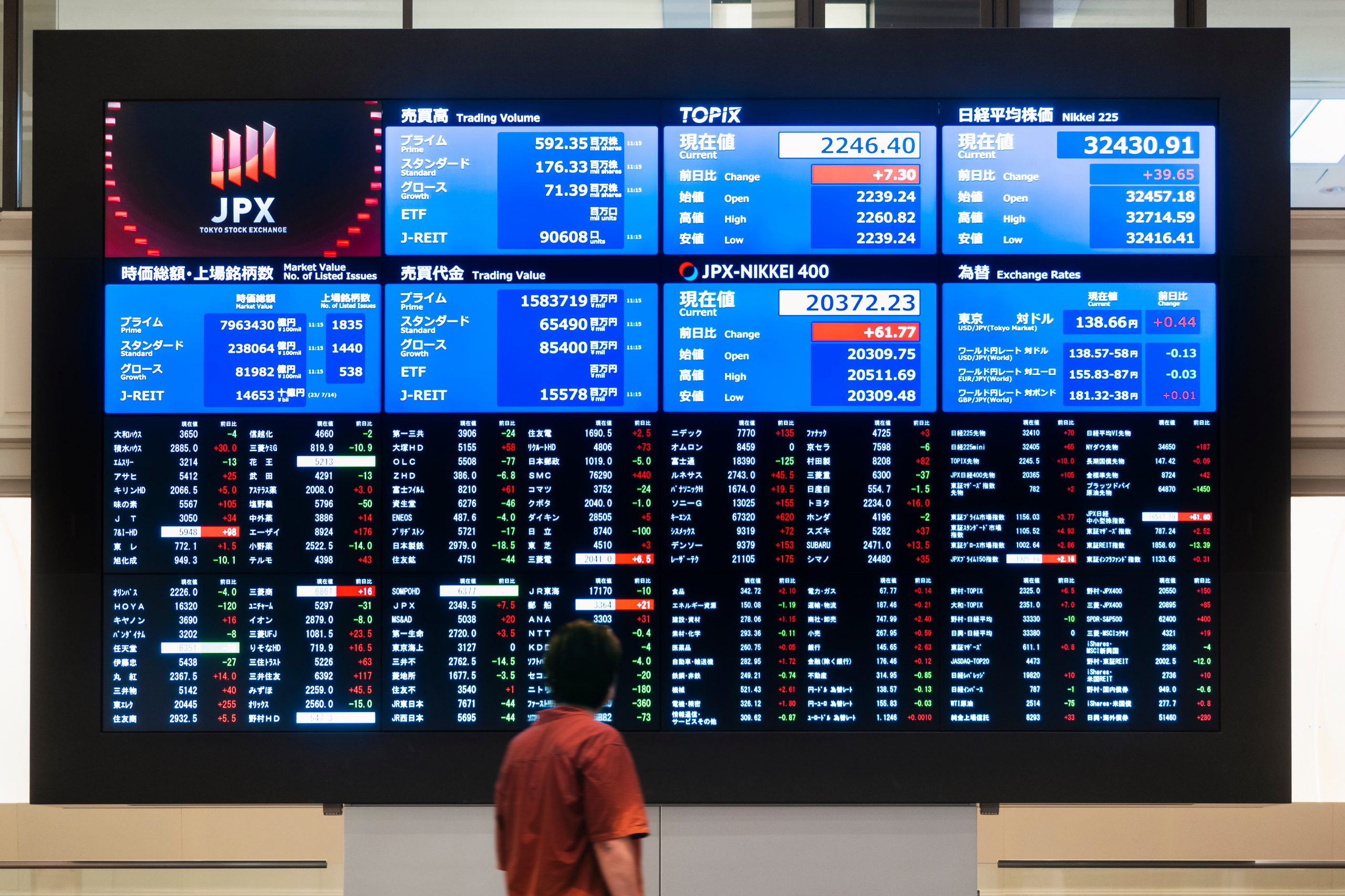Fintechzoom.com Asian Markets Today: Real-Time Trends and Top Performers Across Asia’s Stock Exchanges
Introduction
In May 2025, Asia’s financial markets are navigating a complex landscape influenced by global trade dynamics, domestic economic indicators, and shifting investor sentiments. Fintechzoom.com offers a comprehensive overview of these developments, providing real-time insights into the performance of major Asian stock exchanges. This article delves into the current trends, key performers, and underlying factors shaping today’s Asian markets.
Market Overview: Mixed Signals Across Asia
As of May 27, 2025, Asian markets exhibit a blend of resilience and caution. Japan’s Nikkei 225 index experienced a modest gain of 0.5%, closing at 37,724.11, buoyed by the Bank of Japan’s indication of potential interest rate hikes in response to rising inflation. Conversely, the Hang Seng Index in Hong Kong declined by 1.38%, reflecting investor apprehension over ongoing U.S.-China trade tensions. Mainland China’s Shanghai Composite Index saw a slight dip of 0.2%, while South Korea’s KOSPI fell by 0.3%. Australia’s S&P/ASX 200 bucked the trend, rising by 0.6%, indicating regional variances in market responses.
Influencing Factors: Trade Policies and Economic Indicators
The Asian markets are currently sensitive to international trade policies, particularly those from the United States. President Trump’s recent decision to delay the implementation of a 50% tariff on European Union imports has introduced uncertainty, affecting investor confidence across the region. Additionally, domestic economic indicators, such as inflation rates and export figures, play a crucial role. For instance, Japan’s inflation surpassing that of the U.S. and Europe has prompted discussions around monetary policy adjustments.
Sector Performance: Technology and Finance in Focus
Sector-wise, technology and financial stocks are under the spotlight. In India, the Sensex fell by 900 points, with the Nifty dropping below 24,750, primarily due to declines in IT and banking stocks. This downturn reflects broader concerns about global economic stability and its impact on high-growth sectors. Meanwhile, the technology sector faces headwinds in Hong Kong amid regulatory uncertainties and shifting investor preferences.
Currency Movements: The Rupee and Beyond
Currency fluctuations are also influencing market dynamics. The Indian rupee weakened by 0.2% to 85.27 against the U.S. dollar, driven by month-end dollar demand and subdued equity performance. This depreciation underscores the interconnectedness of currency markets and stock exchanges, where shifts in one can significantly impact the other. Regional currencies, such as the offshore Chinese yuan and the Korean won, also experienced minor adjustments, reflecting the broader currency market’s sensitivity to global economic cues.
Hedge Funds and Investment Strategies
Asian hedge funds are adapting to the evolving market conditions. In May, equity-focused hedge funds in Asia rebounded, erasing losses from April and achieving year-to-date highs. This recovery is attributed to market gains following a temporary U.S.-China tariff reduction agreement. The increased leverage and net exposure among hedge funds indicate a growing risk appetite, albeit cautiously, due to the lingering uncertainties in global trade policies.
Investor Sentiment: A Cautious Optimism
Investor sentiment across Asia remains cautiously optimistic. While there are positive signs, such as the Bank of Japan’s proactive stance on inflation and the resilience of specific sectors, concerns persist regarding the sustainability of these trends amid global economic uncertainties. Analysts suggest that while short-term gains are possible, long-term stability will depend on consistent policy measures and the resolution of trade disputes.
Conclusion
A delicate balance between growth prospects and external pressures characterizes the Asian markets in May 2025. Fintechzoom.com continues to provide invaluable real-time data and analysis, enabling investors to navigate this complex environment. As global and domestic factors interplay, staying informed and adaptable remains key to capitalizing on opportunities within Asia’s dynamic financial landscape.



